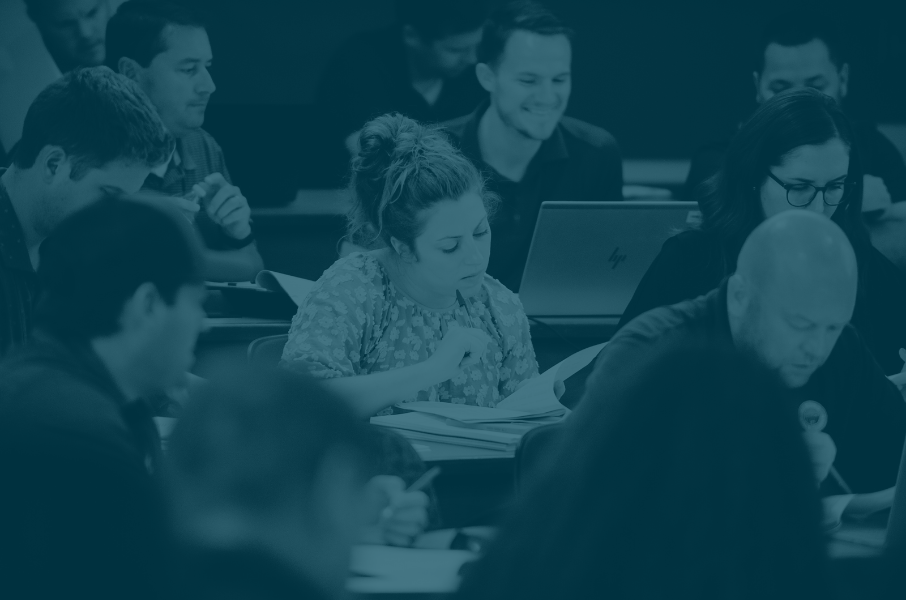by GSBC President Michael Stevens
To provide an incentive for our student peer groups to continue to engage throughout the year, one of GSBC’s intersession projects is a collaborative peer-group project. These groups of 10 students identify a topic of interest, agree on an approach and divide the work among group members. This past year, three of our student peer groups chose to tackle the topic of employee retention. This is an issue for many businesses, but banking has its particular issues. Here are their findings:
Culture, Brand, Work/Life Balance & Compensation
Three teams, working independently, all centered on the same issues impacting employee retention in community banks
- The need for a more positive culture, with a focus on brand, mission statement and stated values.
- Embrace a better work-life balance and greater flexibility.
- Compensation and benefits to attract the best and the brightest.
- Improve the image of what it means to be a banker.
The Image of the “Banker”
The financial crisis was tough on the image of being a banker. The frustration of regulatory burden and disparity of how large banks are treated in comparison to small banks draws further attention to this issue. The peer groups advocate for telling a better story by increasing community involvement and promoting goodwill within the community:
- Start developing talent when they are young. Get involved in the high schools teaching financial literacy and raising awareness of the possibilities in the industry.
- Promote a positive culture by empowering supervisors and leaders to make decisions that have a positive impact.
- Provide growth opportunities and career mapping to motivate and encourage engagement.
- Implement a mentorship program to allow individuals the opportunity to experience other areas of the bank.
- Sponsor a leadership development program which enhances personal skills, provides exposure to the full scope of the enterprise, and creates opportunities for engagement with senior management and the board of directors.
This may be read as tough criticism for the industry, but I can assure you this comes from people who love being community bankers! They want others to value what they do and have the same experience. They are leaders for this industry.
I take full responsibility for the above interpretation of the papers, but want to acknowledge the excellent work done by the original student authors:
Amanda Hamilton (Arizona), Chris Larson (California), Eliane Jenkins (Colorado), Rusty Neesham (Colorado), Eric Bartzatt (Iowa), Tracy Witt (Kentucky), Tanner Hansen (Minnesota), Darin Miles (Missouri), Cody Krafka (Nebraska) and Jeff Cunningham (Texas)
Mark Anderson (Minnesota), Kami Busch (Colorado), Christy Grove (Iowa), Daniel Luz (Colorado), Jacob Parker (Missouri), Cole Schwanke (Kansas), Daryl Steele (Oklahoma), Audrey Wilhelmi (North Dakota) and Amy Wolfskill (Nebraska)
Jaclyn Sharon (Colorado), James Wedding (Colorado), Drew Conley (Iowa), Tracy Avilez (Kansas), Bradley Johnson (Kentucky), Michael Phillips (Nebraska), James Oliver (Oklahoma) and Michael Hickerson (Wyoming)
Michael L. Stevens

This is the first installment in a 4-part series of articles highlighting the work of our peer groups from the 2022 Annual School Session.

